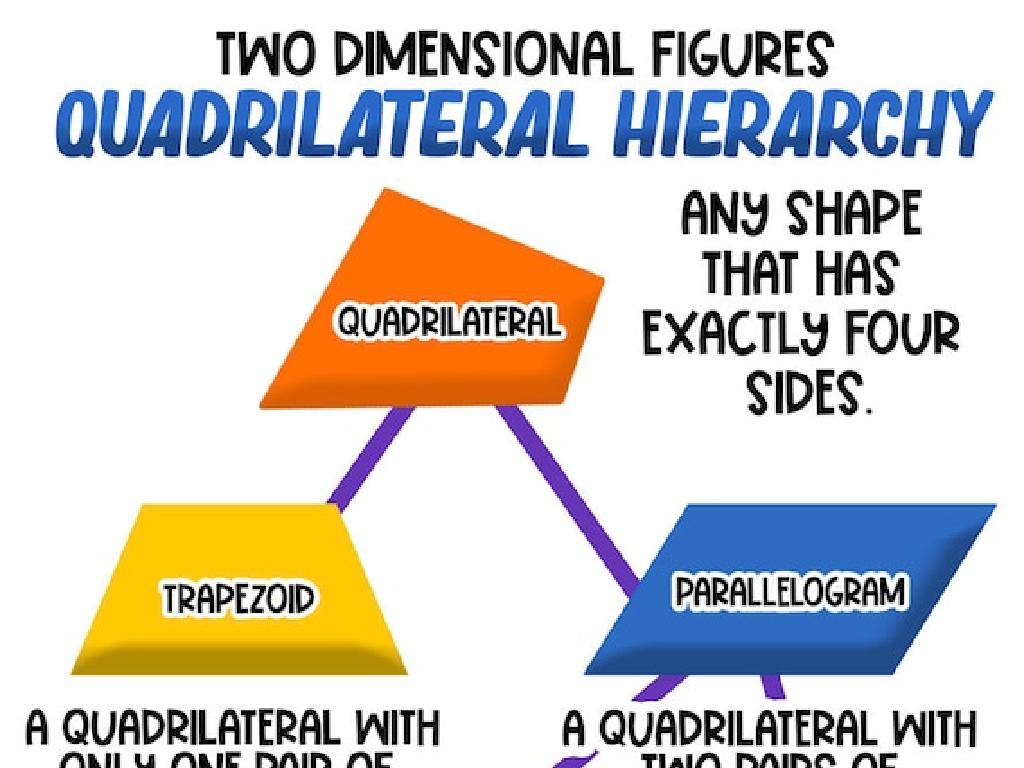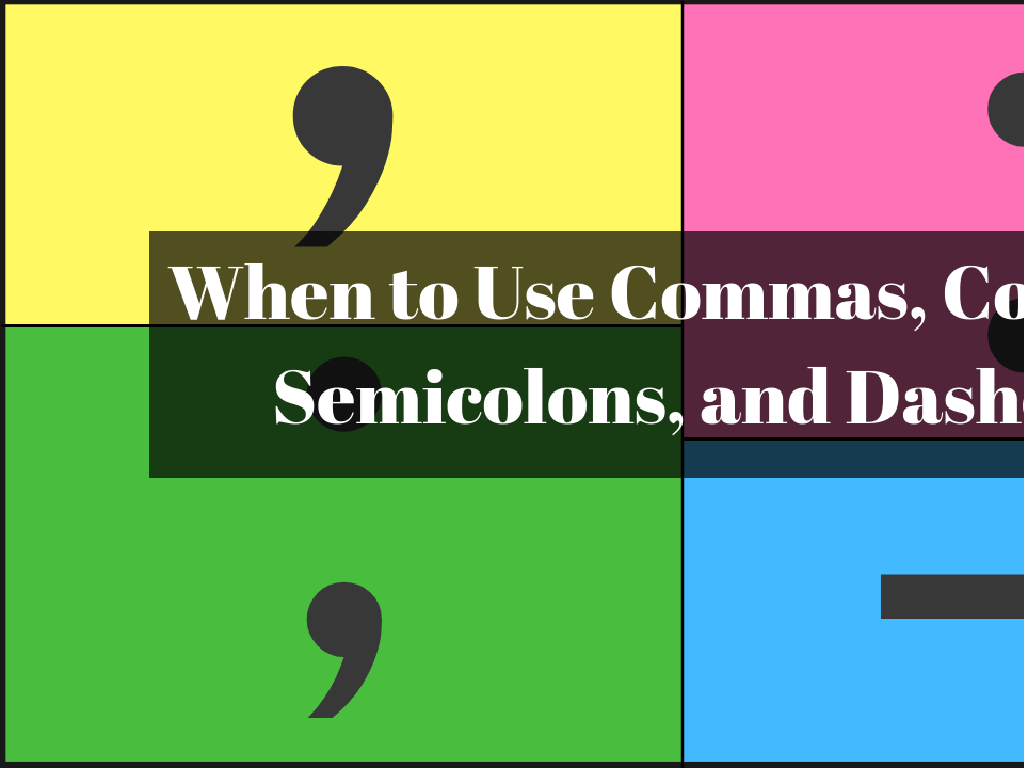Identify The Author'S Purpose
Subject: Language arts
Grade: Sixth grade
Topic: Author'S Purpose And Tone
Please LOG IN to download the presentation. Access is available to registered users only.
View More Content
Understanding Author’s Purpose
– Why do authors write?
– Exploring reasons behind writing
– Introduction to PIE
– PIE stands for Persuade, Inform, Entertain
– Examples of each purpose
– ‘Persuade’: ads or speeches, ‘Inform’: textbooks or articles, ‘Entertain’: novels or comics
|
This slide introduces the concept of author’s purpose to the students, which is a fundamental aspect of reading comprehension. It’s crucial for students to understand that authors write with different intentions: to persuade, inform, or entertain their audience. Start by discussing various reasons why people write and how understanding the purpose can affect the way we read a text. Introduce the acronym PIE as a simple way to remember the three main purposes. Provide clear examples for each category, such as advertisements for persuasion, textbooks for information, and novels for entertainment. Encourage students to think of their own examples and consider the author’s purpose when reading any text.
Understanding Author’s Purpose
– Define Author’s Purpose
– Why the author wrote the text
– Explore the Three Purposes
– Persuade: to convince, Inform: to enlighten, Entertain: to amuse
– Examples: Persuade, Inform, Entertain
– Ads persuade, textbooks inform, novels entertain
– Analyzing Purpose in Texts
– Use clues in the text to determine the author’s intent
|
This slide introduces the concept of Author’s Purpose to the students, explaining that authors write with different intentions. The three main purposes are to persuade, inform, or entertain the reader. Provide clear examples for each: advertisements often aim to persuade, textbooks are written to inform, and novels or stories are typically meant to entertain. Encourage students to think about the content, language, and style of different texts to identify the author’s purpose. As an activity, students can bring in examples of texts they believe fit each purpose and explain their reasoning. This will help them to apply the concept of Author’s Purpose to real-world texts.
Understanding Author’s Purpose: Persuade
– What does ‘persuade’ mean?
– To convince readers to believe or do something
– Spotting persuasive language
– Look for words that urge or call to action
– Examples: Ads & Opinion Pieces
– Ads try to get you to buy; opinion articles to agree
– Analyzing persuasive techniques
– How do authors use words to influence your thoughts?
|
This slide aims to help students recognize when an author’s purpose is to persuade. Begin by defining ‘persuade’ as the attempt to convince readers to adopt a certain viewpoint or to take action. Highlight key phrases and words that are commonly used in persuasive language, such as ‘must’, ‘should’, or ‘best’. Use real-life examples like advertisements, which aim to persuade consumers to purchase products, and opinion articles, which try to sway readers to agree with the author’s perspective. Encourage students to think critically about the techniques used to persuade and to discuss the effectiveness of different persuasive strategies. This will develop their analytical skills and their ability to discern author’s intent in various texts.
Understanding Author’s Purpose: To Inform
– What does ‘to inform’ mean?
– To provide facts and teach the reader
– Traits of informative texts
– Clear structure, factual, unbiased information
– Textbooks as examples
– Used in schools to educate on subjects
– News articles as examples
– Provide current events with factual reporting
|
The purpose of this slide is to help students recognize when an author’s intention is to inform the reader. ‘To inform’ means the author is providing information, facts, and data to educate the reader about a particular subject or topic. Informative texts often have a clear structure, present facts in an unbiased manner, and lack the author’s personal opinion. Examples like textbooks and news articles are great for illustrating this purpose, as textbooks are designed to teach material in an educational setting, and news articles aim to report on current events and provide factual information. Encourage students to think about how these texts make them feel and what they learn from them to further understand the concept of writing to inform.
Author’s Purpose: To Entertain
– Understanding entertainment in texts
– To entertain means to amuse or engage the reader
– Characteristics of entertaining writing
– Uses humor, drama, or suspense; has a storyline
– Identifying examples: novels, comics, poems
– ‘Harry Potter’ for fantasy, ‘Garfield’ for humor, ‘Where the Sidewalk Ends’ for poetry
– Engaging with entertainment in literature
|
This slide aims to help students recognize when an author’s primary purpose is to entertain. Discuss what it means to be entertained and how literature can provide this through various elements such as humor, drama, and engaging plots. Provide examples of different types of texts that are written to entertain, such as novels, comics, and poems. Encourage students to think about books they’ve read for fun and what made those texts entertaining. This will help them understand the author’s purpose and enhance their appreciation for different literary genres.
Identifying the Author’s Purpose
– Clues in text reveal purpose
– Look for keywords, phrases, or statements that hint at why the author wrote the text.
– Assess language and tone
– The author’s choice of words and the feeling they convey can indicate their purpose.
– Practice with sample texts
– We’ll analyze excerpts to determine the author’s main reason for writing them.
– Guess the author’s intent
– Try to infer if the author’s goal is to inform, persuade, entertain, or explain.
|
This slide aims to teach students how to identify an author’s purpose for writing a text. Students should look for specific clues within the text, such as keywords or statements that suggest the author’s intent. The language and tone used by the author are also critical indicators; for example, persuasive language might suggest the author’s purpose is to convince the reader of something. During practice, students will be given sample texts to analyze and guess the author’s purpose, which will help them apply these concepts. Encourage students to discuss their thoughts and reasoning during the practice activity.
Understanding Author’s Tone
– Define tone in writing
– Tone reflects the author’s attitude towards the topic.
– Tone’s role in author’s purpose
– A serious or humorous tone can change how we perceive the message.
– Analyze tone via word choice
– Words can be positive, negative, or neutral, affecting tone.
– Tone and writing style connection
– Formal or informal, the style can set the tone of the writing.
|
This slide aims to help students grasp the concept of tone in writing and its significance in determining the author’s purpose. Tone is the author’s attitude or emotional outlook toward the subject, which can be detected through the choice of words and the style of writing. It’s crucial for students to recognize how tone can influence the reader’s understanding of the text’s purpose, whether to inform, entertain, persuade, or express feelings. Encourage students to look for descriptive words, the use of humor or irony, and the overall formality of the language to identify the tone. Provide examples from familiar texts to illustrate different tones and discuss how they affect the reader’s interpretation.
Class Activity: Discover the Author’s Purpose
– Group activity: analyze text samples
– Determine the author’s purpose
– Is it to inform, persuade, entertain, or explain?
– Discuss the tone of the text
– Is the tone serious, humorous, sarcastic, or joyful?
– Present findings to the class
|
This class activity is designed to engage students in collaborative learning. Divide the class into small groups and provide each with different text samples. Their task is to read and discuss the texts to identify the author’s purpose and the tone used. Is the author trying to inform with facts, persuade with opinions, entertain with a story, or explain how to do something? What is the tone of the text? Is it serious, suggesting the author wants to be taken seriously, or is it humorous, indicating the author might want to entertain? After the analysis, each group will present their findings to the class, explaining how they determined the author’s purpose and tone. This will help students understand how to critically analyze texts and improve their presentation skills. Provide guidance and support as needed and ensure each group understands the activity. Possible text samples could include excerpts from a newspaper article, an advertisement, a poem, and a recipe.
Wrapping Up: Author’s Purpose & Tone
– Recap: Author’s Purpose & Tone
– Why Author’s Intent Matters
– Understanding intent improves comprehension and critical thinking.
– Homework: Analyze an Article
– Choose any interesting article to read.
– Write a Paragraph on Purpose & Tone
– Explain the author’s purpose and the tone used, using examples.
|
As we conclude today’s lesson, it’s important to review the key concepts of author’s purpose and tone. Understanding why an author writes a piece (to inform, persuade, entertain, or explain) and the tone they use (the attitude or emotion conveyed) is crucial for deeper comprehension and critical analysis of texts. For homework, students should find an article that interests them and write a paragraph discussing the author’s purpose and the tone of the article. They should provide specific examples to support their analysis. This exercise will help reinforce today’s lesson and give students practical experience in identifying author’s purpose and tone in real-world texts.






